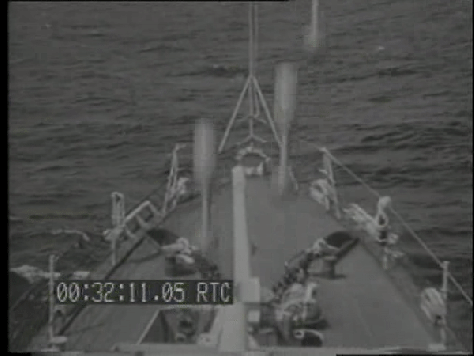By Meghan Arends

Longfellow House-Washington’s Headquarters National Historic Site is owned and operated by the National Park Service. Built in 1759, the Georgian style house became the headquarters of George Washington during the Siege of Boston in 1775. It eventually became the home of American poet Henry Wadsworth Longfellow when it was bought by his father-in-law as a wedding gift.[1] From then on, the house became an important center of politics, society, and the arts.
The estate drew me in because of my interest in material culture. The collections held at the Longfellow House are numerous and diverse, representing the vast culture the family had the privilege of experiencing during their time. My internship here offered me a satisfying and richly challenging professional experience that expands past encounters with collections.
My overall internship goals were both practical and intellectual. In-depth research of extended family member Brevet Captain Nathan Appleton Jr. for the upcoming temporary exhibit “Longfellow Family in the Civil War” sat at the center of my experience. This involved familiar tasks, including online and off-site research into Nathan’s life, writing exhibit labels for artifacts and, eventually, producing web content to further expand upon his life as a Union soldier. This project required an intense focus on a singular subject and his place within the broader American history, which I don’t always get the chance to explore. Rather than generalized concepts and assumptions, an individual’s history can reveal their impact on the world and vise-versa.

The most exciting part of the internship was certainly the weeklong research trip I took to the Massachusetts Historical Society, which maintains the Appleton Family Papers. Hundreds of documents shed light on the life of Nathan and his family in the years surrounding and including the Civil War. The richness and extent of the resources meant that I had to prioritize materials within the extensive collection. I had to determine which sources were most important to the themes and questions of my project, putting others aside. Previous research endeavors have never offered me such a volume of sources. My week spent at MHS taught me the importance of guiding themes in a research project, which is relevant for both historians and public historians.
The professional and practical aspects of the internship are among its greatest rewards, especially the communication and networking opportunities I’ve had with professionals in the field of public history. I attended weekly meetings with the rest of the site staff; they’ve provided an invaluable glance into the world of historic sites and their daily operations. The isolation of an internship can make it seem like the project you’re working on is the only one, but in reality, there are dozens of programs in development simultaneously. Nothing has expanded my personal field of public history knowledge more than hearing from other staff members about the various projects they are working on each day and their contributions to the site’s significance. A historic site can’t rely on one program or strategy to maintain relevance and interest. Diversity in programming and site history helps them serve multiple audiences and their needs.
The internship offered me opportunities to work on new skills, such as writing labels for exhibits. My natural instinct as a historian is to take my time crafting an argument and presenting evidence. That luxury isn’t available when writing exhibit labels, where you must communicate significance and meaning in relatively few words. General introductions that can’t explain the significance of an artifact in the context of the exhibit provide little substance for the audience. We read Beverly Serrell’s guide, Exhibit Labels, in class, but now I’ve had the chance to put her advice into practice and take on the challenges of writing exhibit text to tell stories and connect the past and present.[2] This is done all within 100 words written for the public, not scholars.

It’s inspiring to think that the work I’m currently doing isn’t just for a grade in a class. Instead, I hope to leave a mark on my field, to teach people and help them connect to the lives of this family. Eventually, this project will become part of a larger exhibit that will open in the spring of 2022. My work is not yet finished, as I will be helping with the design and execution of that larger exhibit for my capstone project next semester. I’m looking forward to identifying more stories that answer questions, inspire new ones, and entertain the public while pushing them to consider new ideas in the ever-evolving databank that is our history.
[1] Beverly Serrell, Exhibit Labels: An Interpretive Approach (Walnut Creek: Alta Mira Press, 1996), 19.
[2] “Longfellow House Washington’s Headquarters,” Home Page, National Park Service, https://www.nps.gov/long/index.htm.

















